Destination: Honduras
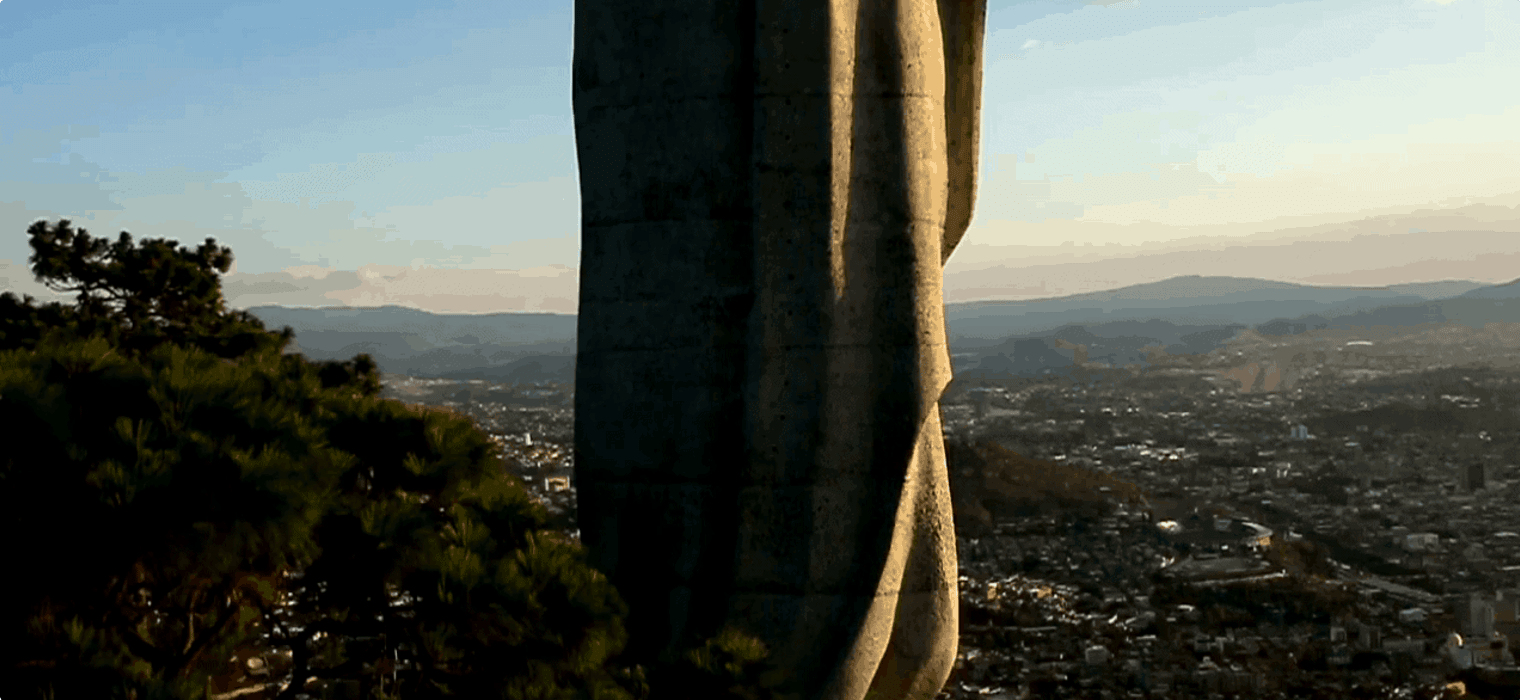
Small group escorted tours to Honduras. Places of interest for like minded travellers who are curious.
Honduras Tours
Crafted Tours for Mature World Travellers
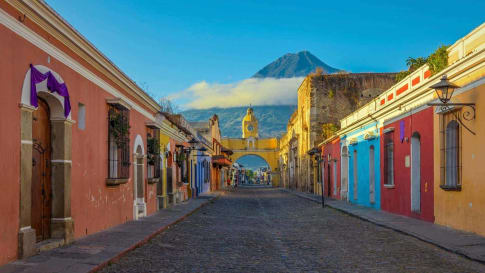
27 days
Oct, AprJourney through Central America: Panama, Costa Rica, Honduras, and Guatemala
Visiting Costa Rica, Guatemala
Join Odyssey Traveller as we go on a 27-day small group journey for mature and senior couples and solo travellers across Central America, exploring the history and diverse scenery of Panama, Costa Rica, Honduras, and Guatemala.
From A$21,765 AUD
View TourArticles about Honduras
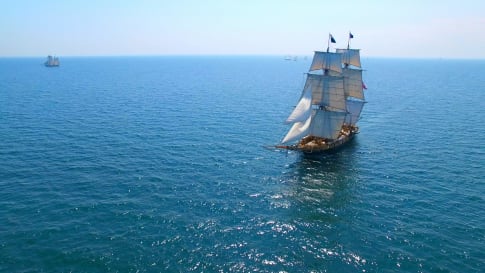
Spanish Exploration and Conquest of the Americas
An Antipodean travel company serving World Travellers since 1983 with small group educational tours for senior couples and mature solo travellers. Article summarizes the Spanish explorers and the race against the Portuguese for access to the Americas.
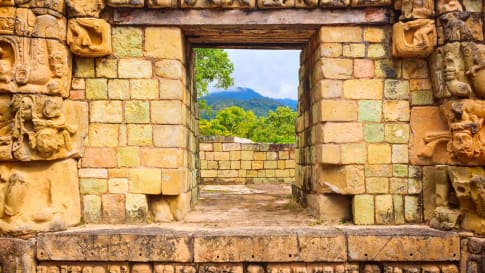
Copan, Honduras
Copan, Honduras Near the Guatemala-Honduras border is the ancient city of Copan (also known as Copan Ruinas) on the west bank of the Copan River, occupied for more than two thousand years and now an…
Touring Honduras
The need to know
Getting around
Odyssey travels by coach and occasionally uses local transport, including trains and ferries. Specifics are always outlined in your tour itinerary. Taxis in large cities like Tegucigalpa and San Pedro Sula are common and prices are negotiated before the journey.
Accommodation
In major cities, Odyssey stays in centrally located 3-4 star hotels, with easy access to public transport. In smaller towns or rural areas, we usually stay in family-run hotels or guesthouses. On our longstay tours, during which you spend the length of the tour in a single location, we use serviced apartments.
Tour guides
Odyssey always engages local guides with regional knowledge to ensure an authentic experience during which you can learn as much as possible about the history and culture of places you visit.
Geography, Environment, & Weather
Honduras, the second largest country in Central America at 112,000 square kilometres, with Caribbean as well as a Pacific coastline. Guatemala is to the west, El Salvador to the south, and Nicaragua to the east. More than three-fourths of the land area of Honduras is mountainous.
The climate is tropical with a rain season from May to October.
World heritage sites
There are 2 sites in Honduras listed on the World Heritage List. You can view the listed properties here: (https://whc.unesco.org/en/statesparties/hn). Honduras’s listed properties include:
Maya Site of Copan – The Maya site of Copan is one of the most important sites of the Mayan civilization. Discovered in 1570 by Diego García de Palacio. It was , the political, civil and religious centre of the Copan Valley.
Río Plátano Biosphere Reserve – A mountainous landscape sloping down to the Caribbean coast, with over 2,000 indigenous people still living here in their traditional life. It is a tropical rainforest with an abundant and varied plant and wildlife.
Festivals & Events
Hondurans love to express their culture through huge crowd-drawing festivals. La Ceiba Carnival is one of the most popular and largest religious festival held every May that honors the Saint Isidore the Laborer.
Feria Juniana is another major Honduran festival held filled with dancing, exciting firework shows, live musical performances, and exhibitions, held in the month of June. Semana Santa Festival s a week-long celebration of the Easter week. Many Honduran cities host huge parades and perform biblical reenactments.
Reading list
Honduras (Discovering Central America: History, Politics, and Culture)
by Charles J. Shields
The Long Honduran Night: Resistance , Terror, and the United States in the Aftermath of the
Coup
by Dana Frank Cultural
Traditions in Honduras (Cultural Traditions in My World)
by Rebecca Sjonger
Eating & Drinking
Honduras cuisine is quite similar to that of Mexico, but is known for using more coconut than any other Central American country. Dishes tend to rely on spices like cumin, curry, allspice and achiote for flavour and also use lime juice and fresh herbs. Tortillas and refried beans consumed almost with every meal. They eat a lot of meat, especially beef, however, chicken and pork are also common. With a tropical climate, fresh fruit is plentiful and Honduras’ two coastlines provide a wealth of fresh seafood including fish, lobsters and conch. In larger cities, American chain restaurants are also available.
Health & Safety
As of writing, smartraveller.gov.au advises travellers to exercise a high degree of caution when travelling through Honduras. Crime is a significant problem in some of Honduras’s major cities, so keep your valaubles close and pay attention to your personal security.
Electrical Supply
Whenever you travel overseas, it’s always wise to take an appropriate travel adaptor. The electricity supply in Honduras runs at 110V and 60Hz. Honduras uses the Type A and Type B electric plug types, so make sure you have the right travel adaptor with you.
Highlights
The best of Honduras
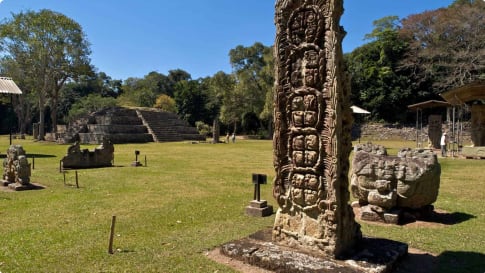
Copan Ruins
Copan Ruins, are an ancient Maya site discovered in 1570 by Diego García de Palacio
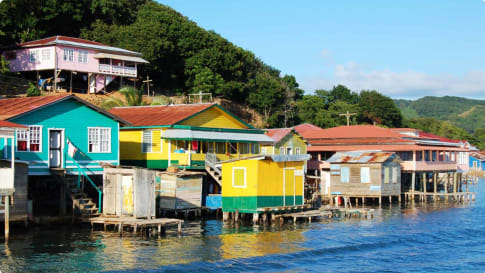
Roatán
Roatan, 65 km from the north coast is an Island known for its massive coral reef, white sand beaches and tropical flora.
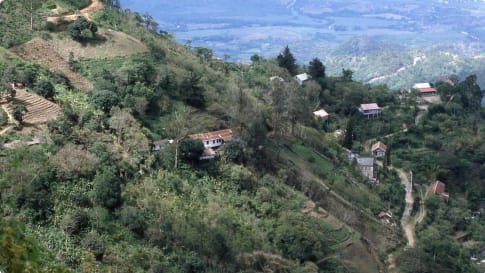
Tigra National Park
Tigra National Park, was the first national park in Honduras (1 Jan 1980).
Tour Reviews
Well balanced with city vs country, visits to remote dinosaur sites, town museums, a winery. The hands-on dinosaur dig and fossil preparation live-in at Lake Barraleas was superb and I could have spent more time there as we went out a lot. It was excellent with a great Argentinian team looking after us..
Participant 2017
Argentina Dinosaur dig including Titanosaur small group tours
All guides were excellent. Each had done a lot of research on dinosaurs before we arrived and had a good sense of what we were after.
Participant 2017
Argentina Dinosaur dig including Titanosaur small group tours
Well balanced, with a great group leader in John Pickrell. He was extremely informative and had great contacts so we saw behind the scenes at museums.We covered a lot of distance but with 2-3 nights in a number of places had plenty of free time to do your own thing.
Participant 2017
Argentina Dinosaur dig including Titanosaur small group tours
Accommodation exceeded expectations in most cases.
Participant 2017
Argentina Dinosaur dig including Titanosaur small group tours
We were privileged to go where many tourists could not go but some of that was due to the presence of John Pickrell still we saw more and met more senior paleontologists that I had expected. All museums and other sites were a marvelous experience
Participant 2017
Argentina Dinosaur dig including Titanosaur small group tours
FAQs
What is the time zone?
Honduras has a single time zone, Eastern Standard Time (UTC-5). Daylight savings are not observed in Honduras.
Is tipping customary in Honduras?
If you’re on an Odyssey tour, we take care of tipping so you don’t need to give it a second thought. However, in your free time, or if travelling independently, it’s essential that you tip an appropriate amount for services. Tipping is appreciated in Honduras, with small tips for hotel staff, tour guides, and servers in upscale restaurants. In restaurants, a tip of around 10% is customary.
What is the internet access like in Honduras?
Wifi should be freely accessible in most hotels, cafes and restaurants in urban areas, though connection speeds can vary, particularly in more isolated areas.
Can I use my mobile/cell phone while in Honduras?
Check with your cell phone provider to see whether you’re able to make calls and use data while in Honduras. Many providers will allow you to pay a daily fee that allows you to make calls and check the internet while only being charged your regular rates. However, be certain to inform your provider that you’re heading overseas, because just like a bank they can turn off your service as a result of unusual activity.
Responsible travel tips for Honduras
- Learn at least the local greetings to break the ice. Although some locals speak English, the more you know of the native language, the greater your experience of the country will be.
- Carry a business card in your wallet or purse from your local hotel, to assist you with the return journey if you do become lost.
- Always ensure that you are covered by travel insurance. If you need advice on this feel free to contact Odyssey and we’ll be able to help.
- Before departing, make sure you have a number of Honduran lempira in a range of denominations. You don’t want to be carrying around enormous amounts of cash, but take enough to make it easy to pay in locations that might not accept credit card. It will also help you avoid card transaction fees, and it makes tipping a breeze.
- When travelling independently, make sure you check the opening hours of shops and museums so that you don’t miss out! Also be certain to check whether your trip coincides with any public holidays, so you can plan accordingly.
- Before departing on your trip, contact your bank to inform them that you may be making purchases overseas. Otherwise, they may flag any activity on your account as suspicious. Also, check which ATMs and banks are compatible with your cards, to ensure you can withdraw cash with minimal fees.
